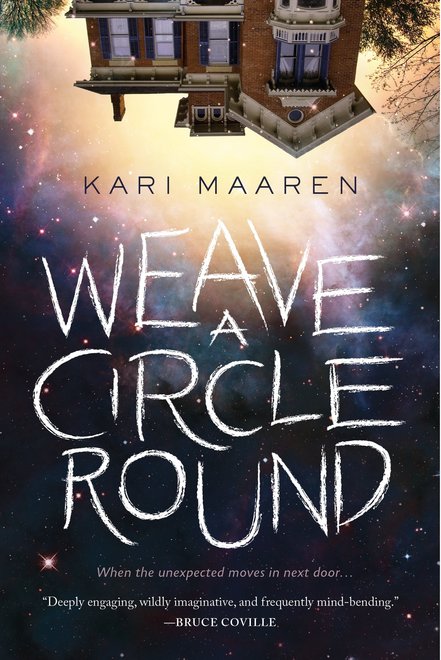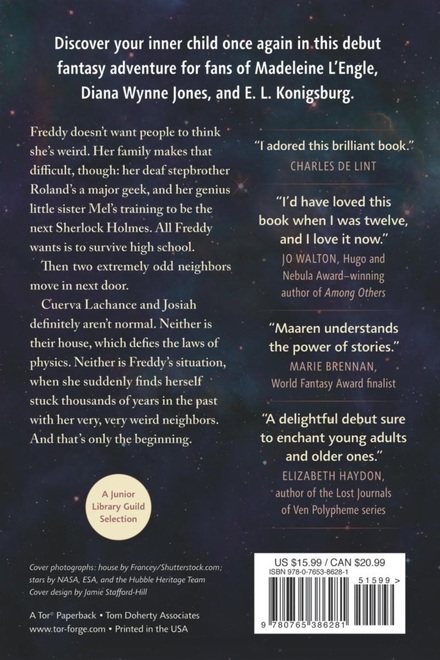Chance Encounters
 Between lotteries and televised poker tournaments, horse racing and casinos, games of chance play a large part on the world’s stage. It should come as no surprise that they play an equality large part in fiction, and perhaps in genre fiction in particular. As writers, aren’t we always looking for something for our characters to do while they’re talking to each other? Preferably something that also reveals character, and is interesting in itself?
Between lotteries and televised poker tournaments, horse racing and casinos, games of chance play a large part on the world’s stage. It should come as no surprise that they play an equality large part in fiction, and perhaps in genre fiction in particular. As writers, aren’t we always looking for something for our characters to do while they’re talking to each other? Preferably something that also reveals character, and is interesting in itself?
I’m not talking about giving a character a gambling addiction – that’s deeper than I mean to go. I’m referring to the game of chance as literary or narrative device. It can provide characters with motive (win money to achieve purpose, defeat opponent); provide an opportunity (meet someone); and the winning or losing of these games can be the cause of a number of interesting effects. Games like poker or a bridge can be a microcosm of the world of the novel and they reveal the characters of the players in a way that very few other activities can.
Of course any movie or TV series set in Las Vegas, or Montecarlo, is going to involve gambling or casinos as part of the backdrop. But when it comes to characters, the one who comes to mind first is James Bond. In the novels, and in many of the films, Bond is generally playing baccarat. In the most recent film version of Casino Royale the game itself (poker in this case) is the central pillar of the plot, but it’s a rare Bond film that doesn’t have him in a casino somewhere. Since he’s often playing against one of the villains of the piece, the way they play the game reveals aspects of both their characters; sense of fair play, stoicism, nerve, and if they lose – or win – gracefully.
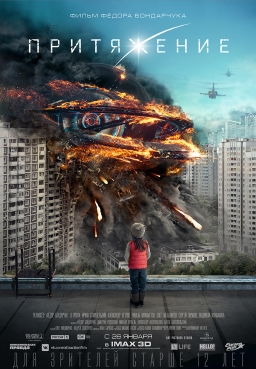 There were two screenings I wanted to attend at the Fantasia Festival on Saturday, July 29. First was the Russian science-fiction film Attraction (Prityazhenie). After that was a triple-bill of animated shorts: “Valley of White Birds,” from China; “Scarecrow Island,” from Korea; and “Cocolors,” from Japan. All together, a promising day of fantastic imagery on the big screen in the 400-seat D.B. Clarke Theatre. (In addition, a long short film preceded Attraction, “Past & Future Kings”; as it happens I know some of the local creators, and so feel it would be inappropriate to write about the movie here.)
There were two screenings I wanted to attend at the Fantasia Festival on Saturday, July 29. First was the Russian science-fiction film Attraction (Prityazhenie). After that was a triple-bill of animated shorts: “Valley of White Birds,” from China; “Scarecrow Island,” from Korea; and “Cocolors,” from Japan. All together, a promising day of fantastic imagery on the big screen in the 400-seat D.B. Clarke Theatre. (In addition, a long short film preceded Attraction, “Past & Future Kings”; as it happens I know some of the local creators, and so feel it would be inappropriate to write about the movie here.)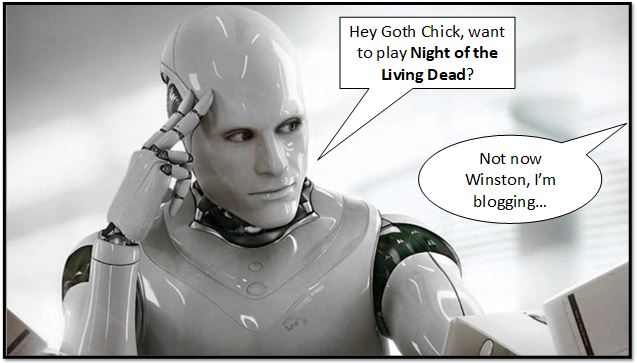
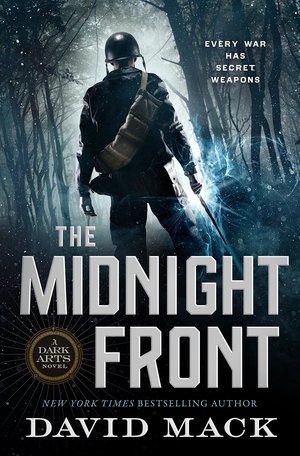
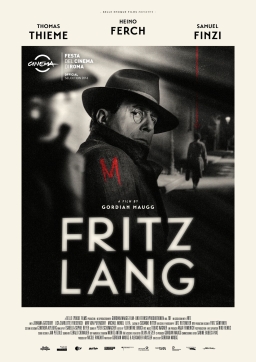 On Friday, July 28, I had two films on my schedule at the Fantasia Festival. The first was a German period crime film with biographical aspects, a movie called Fritz Lang that imagined the great director of the title mixed up with the killings that would shape his now-classic film M. The second was a screening of George Romero’s 1973 film The Crazies, arranged quickly by the festival’s organizers as a tribute following Romero’s death only 12 days before. Together the movies would make for a day that, to me, exemplified much of what is best in Fantasia: a profound appreciation of film history of every kind, mixed with challenging genre artistry.
On Friday, July 28, I had two films on my schedule at the Fantasia Festival. The first was a German period crime film with biographical aspects, a movie called Fritz Lang that imagined the great director of the title mixed up with the killings that would shape his now-classic film M. The second was a screening of George Romero’s 1973 film The Crazies, arranged quickly by the festival’s organizers as a tribute following Romero’s death only 12 days before. Together the movies would make for a day that, to me, exemplified much of what is best in Fantasia: a profound appreciation of film history of every kind, mixed with challenging genre artistry.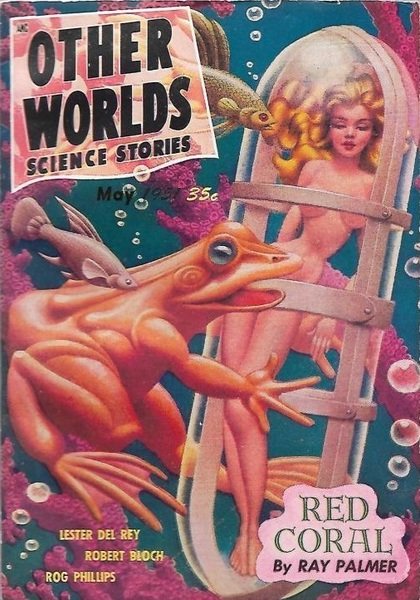
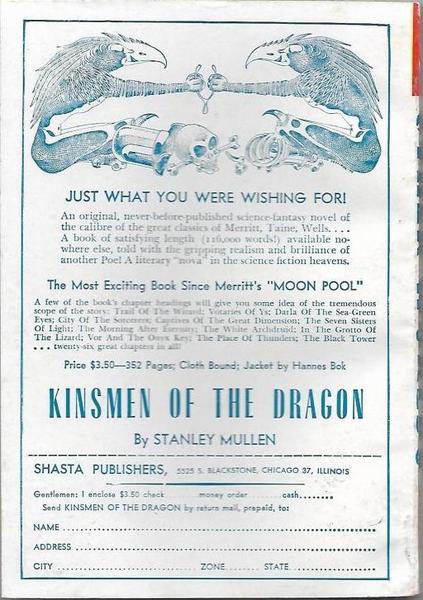
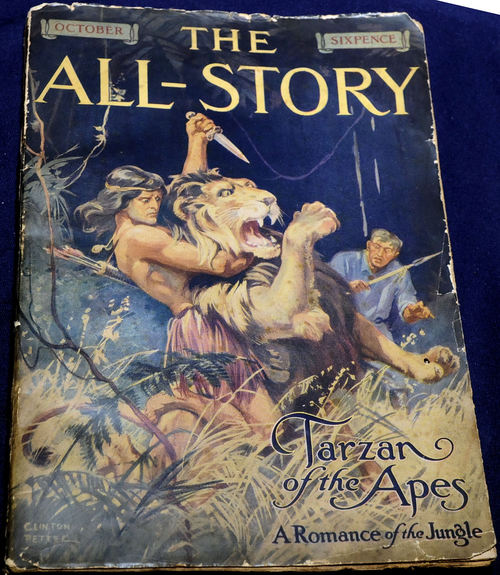
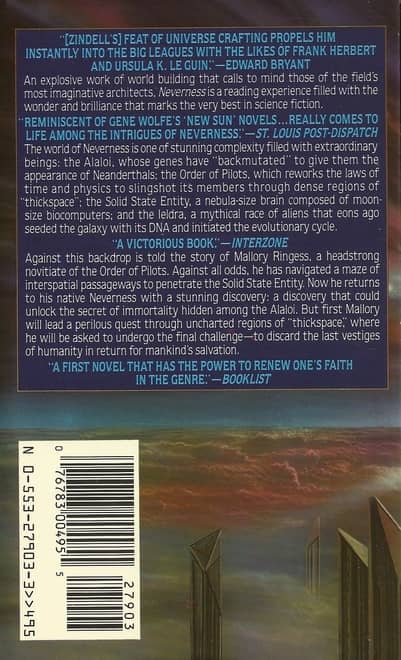
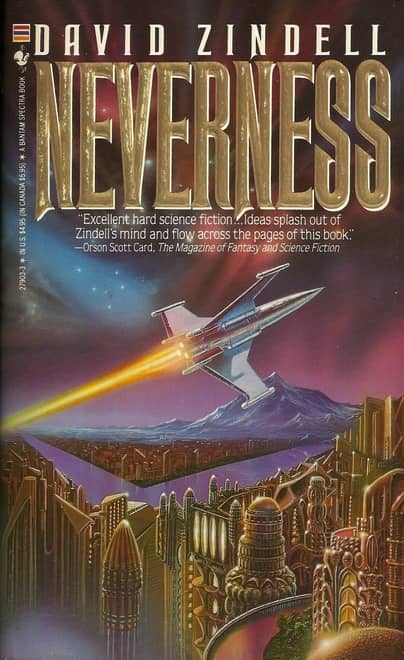
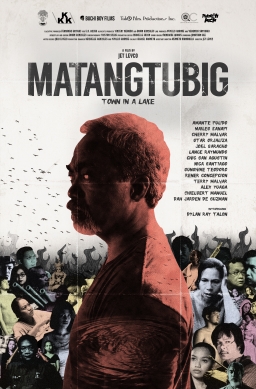 On Thursday, July 27, I planned to watch two films at the Fantasia International Film Festival. First, an artistically ambitious movie from the Philippines called Town In A Lake (Matangtubig). Then, later in the evening, a documentary about the quest to develop nuclear fusion technology called Let There Be Light. Both looked to be about the mysteries of the universe, in very different ways.
On Thursday, July 27, I planned to watch two films at the Fantasia International Film Festival. First, an artistically ambitious movie from the Philippines called Town In A Lake (Matangtubig). Then, later in the evening, a documentary about the quest to develop nuclear fusion technology called Let There Be Light. Both looked to be about the mysteries of the universe, in very different ways.